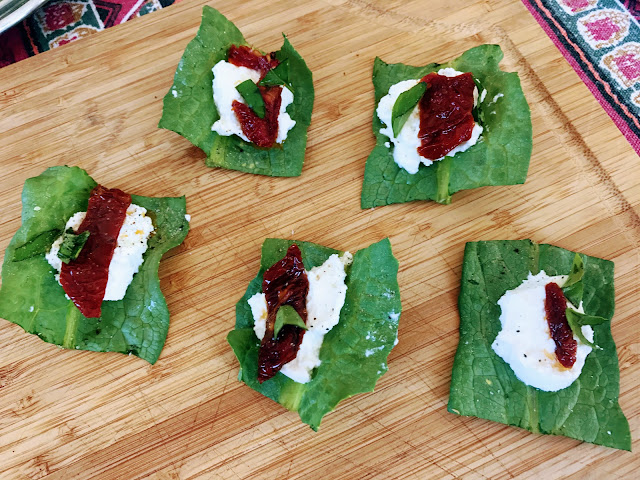You need:
- kefir
- cheesecloth
- Pour kefir into a small pot and place it in a larger pot filled with water. The smaller pot needs to "sit" in the water.
- Place it on a low heat for about one hour at around 45-50°C
- Turn the heat off and leave it until the water cools down.
- Place a double layer of cheesecloth over a sieve and place over a bowl. Strain the kefir.
- Wait until most of the fluid goes through, grab all the ends of the cheesecloth and wrap it together or secure with a clip.
- Depends on the room temperature and your liking, you can either hang the cheesecloth over the bowl and leave it in safe place or place your nearly ready cheese in the cheesecloth together with the strainer and the bowl in the fridge. Leave it there for few hours or over night until the cheese is ready. You can either gently push it through the cheesecloth to check but usually your quark/cheese is ready after about 5-6 hours.
- If your cheese taste too dry, just shorten the warming time. The longer you warm the cheese, the more dry may come out. It depends also on the type of the milk you use.
- You can either drink the remaining fluid you collected in the bowl or give it to the animals if you have any. It is very healthy and it would be a wastage to throw it away. It taste better when its cold. Some people use it to make lemonade.
- You can use cow milk, goat or sheep milk. Raw milk is always the best but it also works very well with the pasteurized milk you can buy in the local shops.
- Any question? Just ask and I am happy to help :)
Serving idea :)













